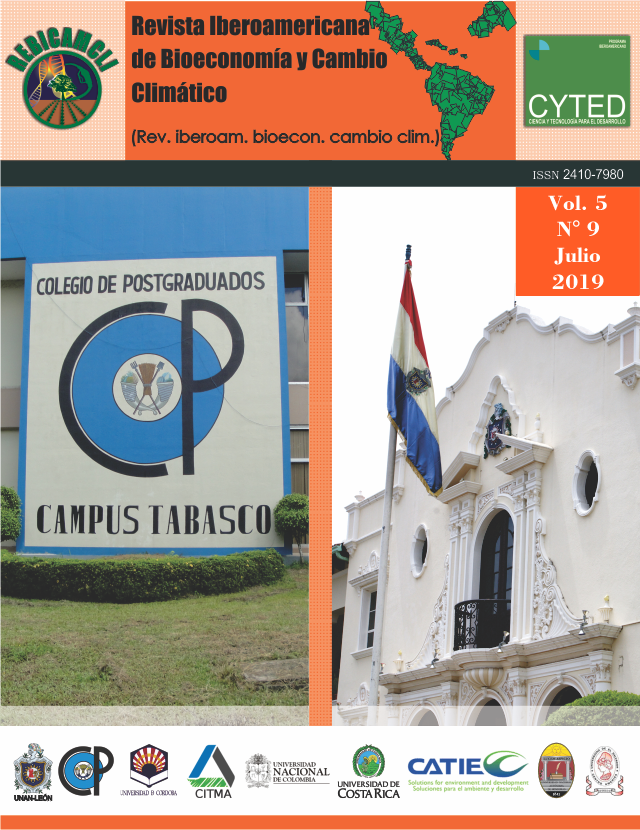Green forage hydroponic: a production alternative to climate change
DOI:
https://doi.org/10.5377/ribcc.v5i9.7947Keywords:
Kjendalh, FVH, Supplement, CornAbstract
The productive yield of hydroponic green maize fodder was evaluated for implementation in livestock production systems. Nine treatments were evaluated with four repetitions, using a completely random design with bifactorial arrangement. The variables were measured: plant height, hydroponic green forage yield, dry matter and gross protein (%). Where the highest yields were obtained in terms of dry matter with 2.30 and 2.16 kg/m2 in the variety Guayape with 4 and 0 g of 12-24-12 NPK. In raw protein with 15.94 and 15.14% in the variety Roundup Ready NK603 with 4 and 6 g, demonstrating that these varieties with fertilisation levels implemented can be used in the production of hydroponic forage as they contain high content of raw protein with a range >14.5 % and with a cost benefit ratio exceeding 1.21 U$D.
Downloads
Downloads
Published
How to Cite
Issue
Section
License
Copyright © 2022 Rev. iberoam. bioecon. climate change Graduate School and UNAN-León, School of Agricultural and Veterinary Sciences / Department of Agroecology / Center for Research in Bioeconomy and Climate Change (CIByCC).







